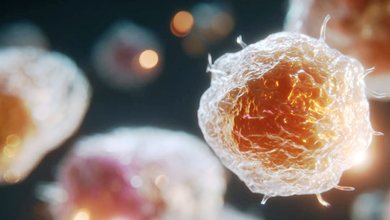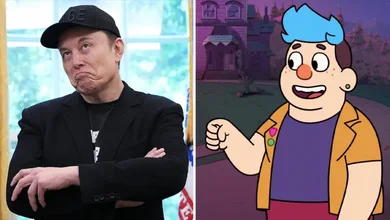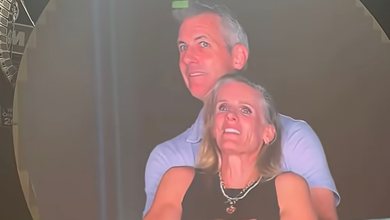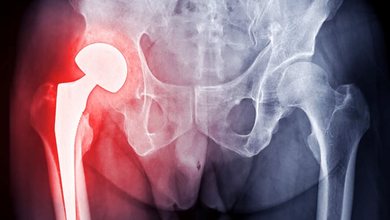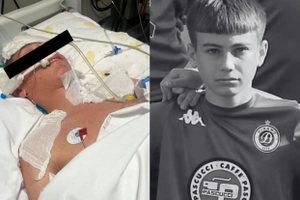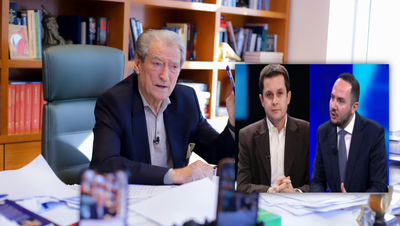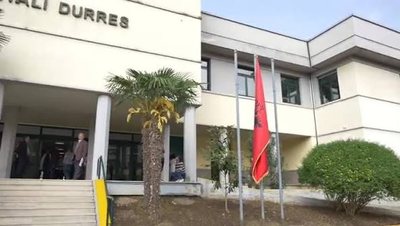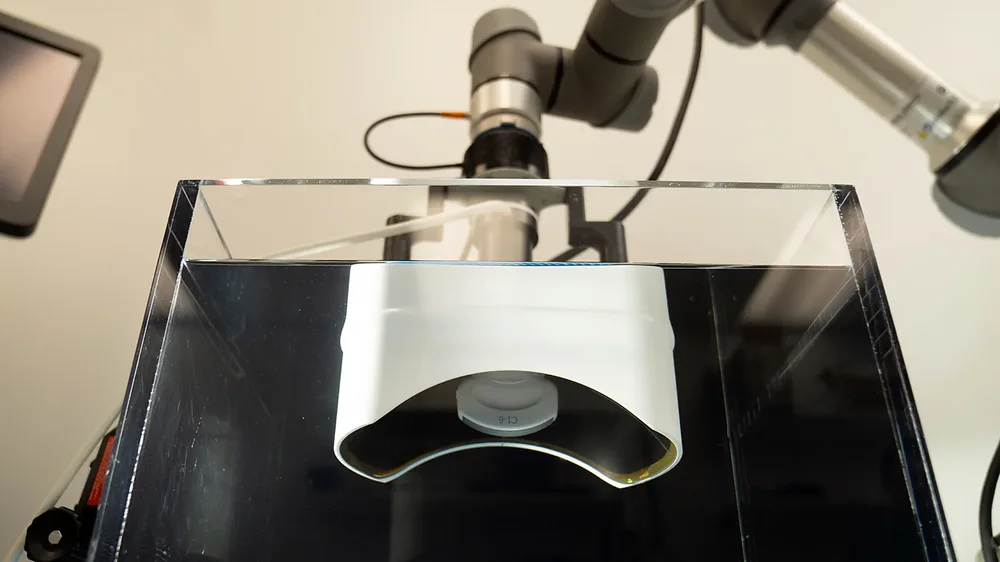
Ultrasound has long been used to help doctors see inside the body, but now focused, high-frequency sound waves are offering new ways to fight cancer.
If Zhen Xu hadn’t annoyed her lab colleagues, she might not have discovered a revolutionary treatment for liver cancer. As a PhD student in biomedical engineering at the University of Michigan in the US in the early 2000s, Xu was looking for a way for doctors to destroy and remove diseased tissue without surgery. She decided to use high-frequency ultrasound to mechanically destroy the tissue, testing her theory on pig hearts.
Ultrasound is inaudible to the human ear, but Xu used a very powerful amplifier that disturbed her colleagues. To calm them down, she increased the frequency of the ultrasound pulses, making the sound inaudible. To her surprise, this method not only did not disturb others anymore, but it was also more effective on living tissue. Within a minute of applying the ultrasound, a hole appeared in the pig's heart tissue.
Decades later, this serendipitous discovery, known as histotripsy, has become one of the methods that is opening a new era of advanced cancer treatment, offering non-invasive ways to eliminate tumors without surgery.
Histotripsy was approved by the U.S. Food and Drug Administration (FDA) for the treatment of liver tumors in October 2023. A small study funded by the company HistoSonics, which commercializes Xu's technology, found that the method was technically successful in 95% of cases of liver tumors. While side effects such as abdominal pain or internal bleeding can occur, research suggests that complications are rare and the method is generally safe.
In June this year, the UK became the first European country to approve histotripsy, making it available on the NHS in the pilot phase of the Innovative Devices Access Pathway for previously unmet clinical needs.
How does ultrasound work?
Many people associate the word “ultrasound” with sonograms during pregnancy. To create a medical image, a hand-held transducer sends high-frequency sound waves into the body, which are reflected by tissue. A sensor captures these waves and converts them into electrical signals to create the image.
In cancer treatment, ultrasound waves are focused on a small area of a tumor to destroy it. These pulses create microbubbles that expand and then collapse within microseconds, breaking up the tumor tissue. The patient's immune system then clears the debris.
For treating liver cancer, histotripsy devices focus ultrasound waves on an area about two by four millimeters, and a robotic arm guides the transducer over the tumor. The procedure is quick, nontoxic, and noninvasive, often allowing patients to go home the same day. Tumors are often destroyed in one session, although some patients may need additional treatments.
However, there are still open questions about histotripsy, such as the potential for cancer to return after treatment, and it does not work for all types of cancer, especially when tissue blocks the waves or in gaseous organs, such as the lungs.
Treatment of tumors with focused ultrasound
Histotripsy is not the first use of ultrasound in cancer treatment. HIFU (High-Intensity Focused Ultrasound) is an older technology that destroys tumors by generating heat that “cooks” tissue. This method is used, for example, for the non-invasive treatment of prostate cancer and has similar results to surgery, with a faster recovery time.
Ultrasound combined with medications and immunotherapy
Furthermore, ultrasound can be potentiated when combined with other cancer treatments. Research shows that microbeads injected into the bloodstream and stimulated by ultrasound can temporarily open the blood-brain barrier, allowing drugs to reach the tumor. This approach could improve the effects of radiation and reduce the need for high doses of chemotherapy.
Ultrasound also appears suitable for immunotherapy, as damaging the tumor makes it more visible to the immune system, helping to attack cancer cells throughout the body.
Although the research is still in its early stages, ultrasound technologies are already ushering in a new era in oncology – aiming to replace or improve existing therapies such as surgery, chemotherapy and radiation.
“Ultrasound is not a 'magic cure' for cancer,” says Xu. But she hopes her discovery and that of other researchers will help patients avoid unnecessary suffering in the years to come.



